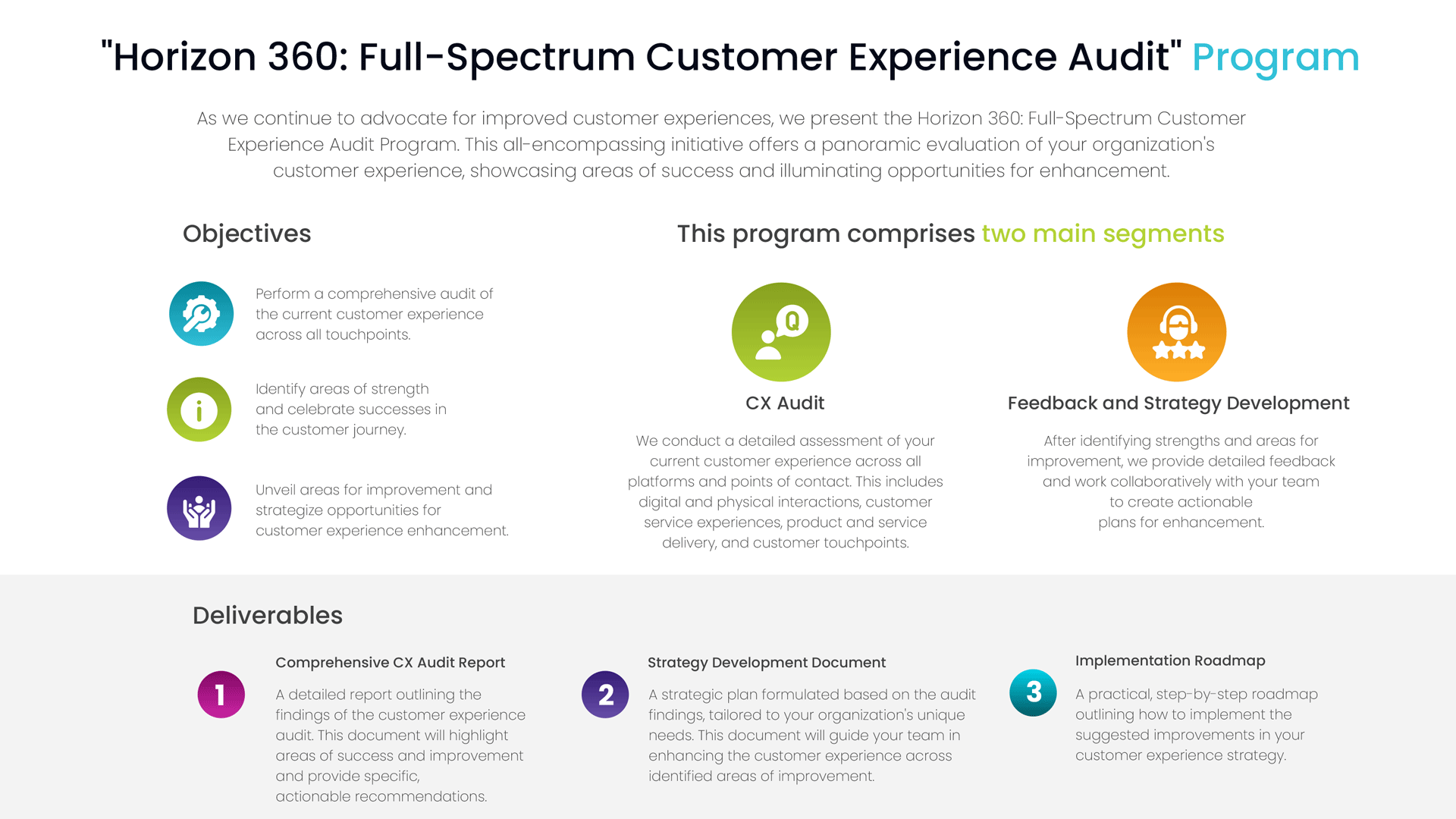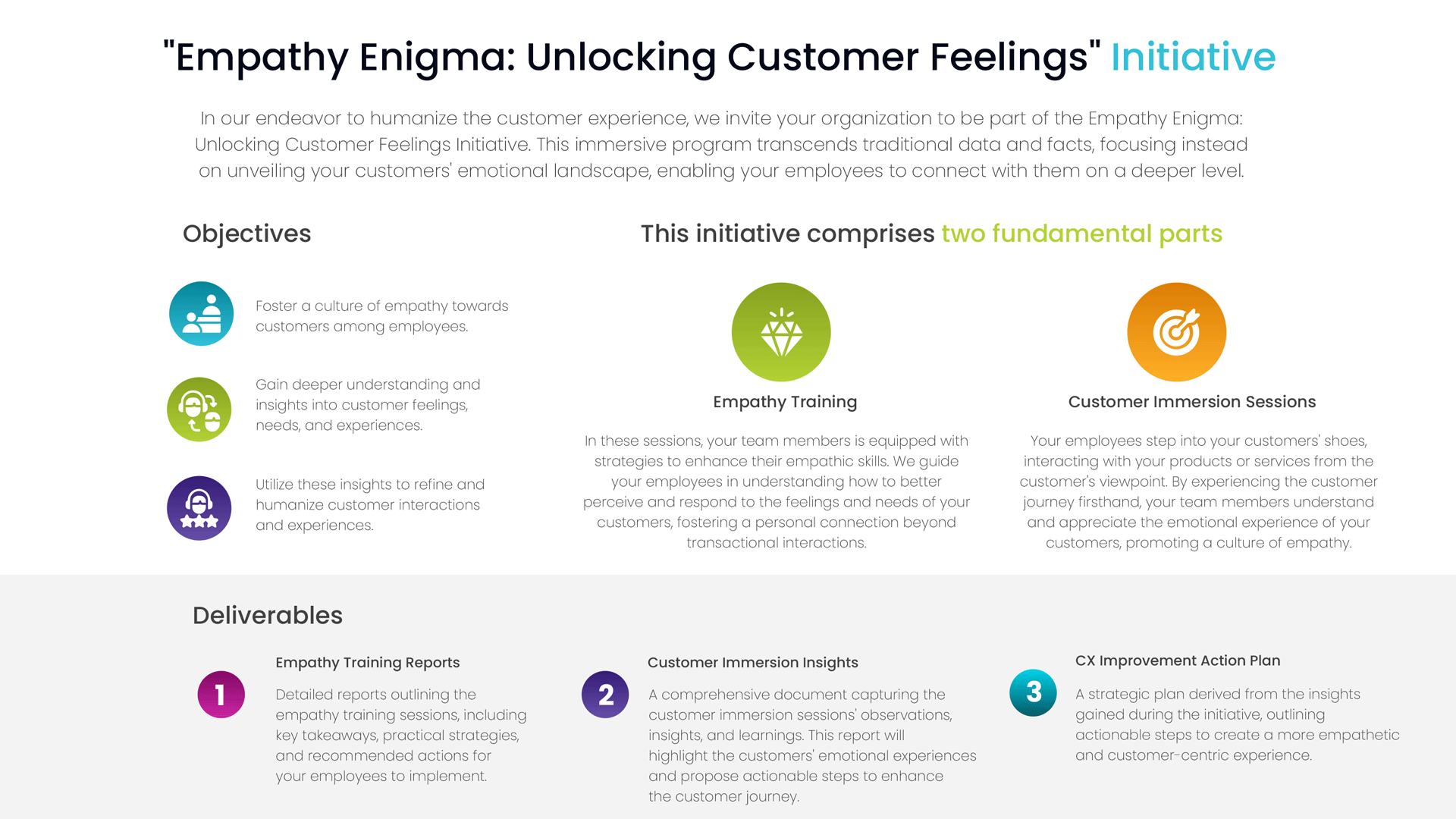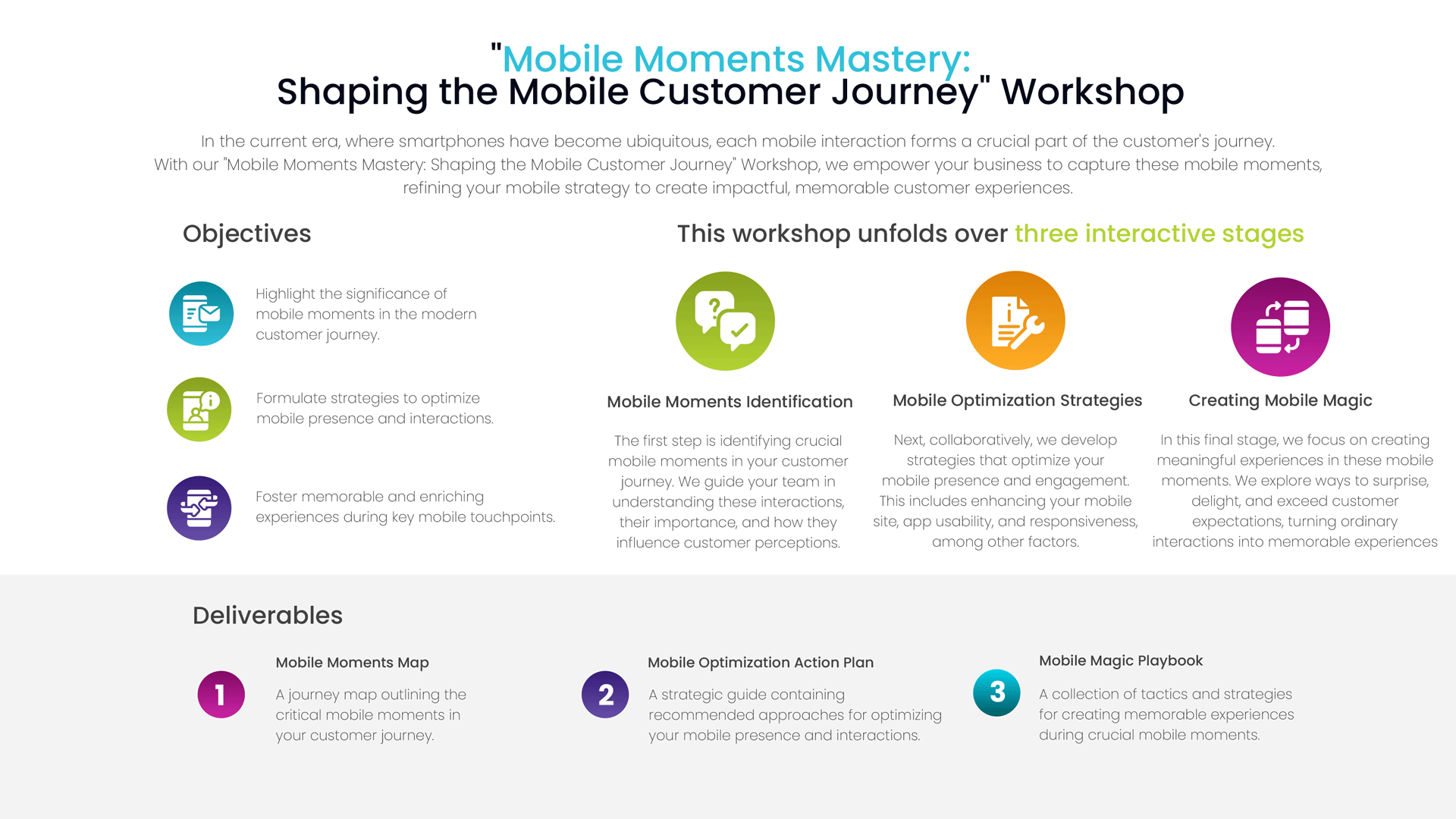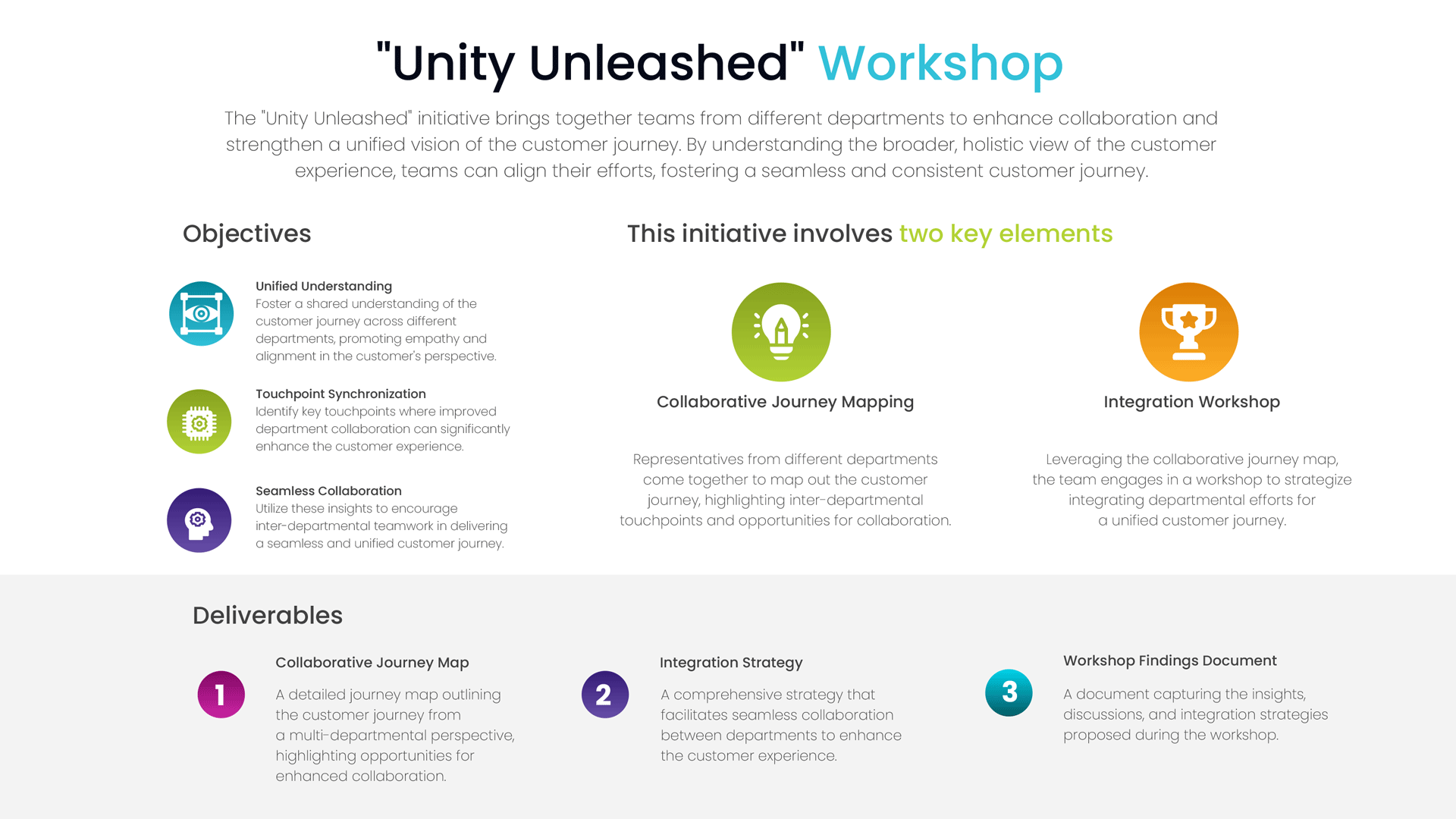We all know that CX is a great way to align teams, acquire new customers, and boost revenue. But, not every organization has the resources to fully implement a successful CX program. That’s why it’s important to be strategic in how we introduce and position our CX initiatives to gain support and momentum from different stakeholders.
Did you know that companies with strong CX programs see a 22% increase in customer loyalty and can reduce customer churn from 15-5%? That’s according to research from Forrester, who also found that companies that struggle with CX can lose 1.5-2% in annual revenue.
So, it’s crucial to have a well-crafted business case for securing budget and support for our CX initiatives. To start, we need to understand the problem and focus on two main areas: finding and attracting new customers (customer acquisition) and keeping our best customers happy for as long as possible (customer lifetime value).
To build a compelling business case, we need to align our CX initiative with the company’s mission and convey our vision of CX being focused on both acquiring new customers and retaining existing ones. We also need to have metrics in place that measure the touchpoints where customers choose and commit to us. These metrics include things like clicks from search engines, point of purchase, and voice of customer data.
When presenting the business case, it’s important to track CX performance and revenue week over week, year over year to establish baselines and show gains or losses directly tied to our CX initiatives.
Finally, I recently picked up some insider tips from a senior CX expert at Customer Contact Week. She shared some genius advice on building a business case for CX and I can’t wait to share it with you.










